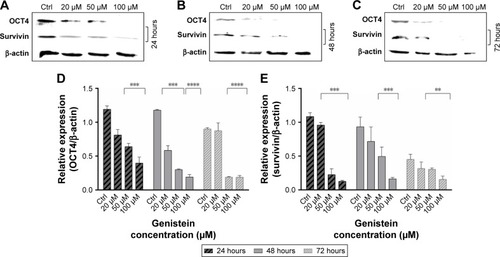Figures & data
Figure 1 Genistein inhibited adhesion of tongue cancer cells.
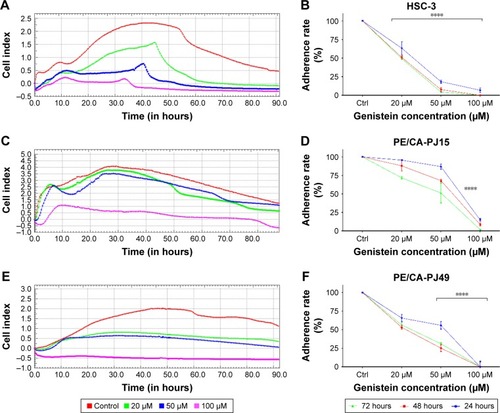
Figure 2 Inhibition of vitronectin expression.
Abbreviation: Ctrl, control.
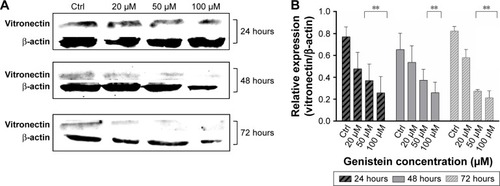
Figure 3 Variation in cell proliferation rate (%).

Figure 4 IC50 values.
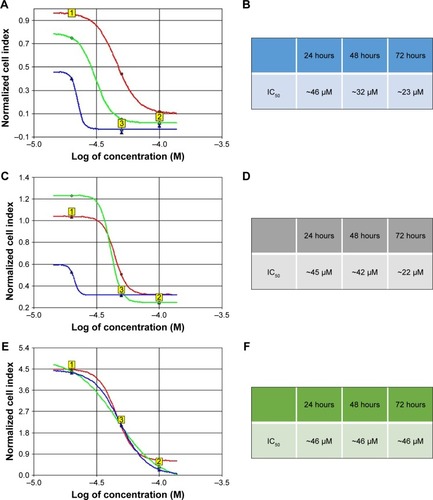
Figure 5 Genistein reduces the viability of tongue cancer cells.
Abbreviation: Ctrl, control.

Figure 6 Effects of genistein on cell migration.
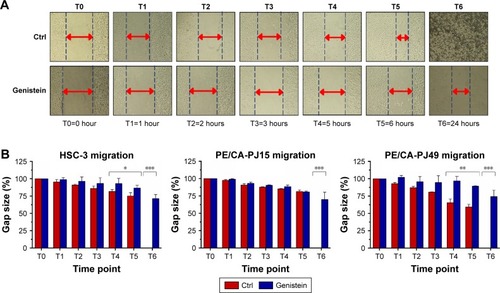
Figure 7 Genistein reduces tumorigenesis and promotes apoptosis.
Abbreviation: Ctrl, control.
